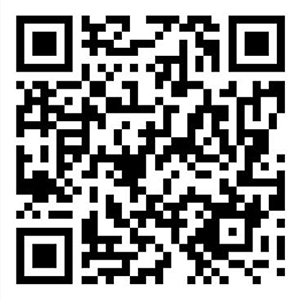Cold Calling is alive and kicking!
Let´s assume it: cold calling is alive and kicking! You may argue it is really difficult for luxury companies to get new clients through cold calling. Reality, however, proves quite the contrary.
So, what are the main reasons why this strategy is still used and will continue to be used for doing business in the future?
Cold calling has become:
A fantastic tool : Once you realize that more often than not clients love to be called and offered solutions and / or products on the phone, your possibilities to get new clients will go up very quickly.
A “voice-bridge” between your product /service and your client/ prospect: when you make cold calls, you can easily interact showing the right “voice-attitude” , so that the person who is listening on the other end may “feel” your pleasant words as you speak. This will autommatically generate a bridge between you and him /her, allowing for your speech continuity .
A “fun” resource : There is no need for you to be so serious when cold calling. I mean, you may perfectly respect your client /prospect when on line but at the same time offer him /her a “tone of your own grace” by saying something casual, or talking about a news event about the market, or whatever the phrase of your choice to lighten them up a bit.
From a professional point of view, cold calling is not only necessary but obligatory. This means you should at least have a couple of strategies on paper to start working with every week, as well as an action plan to follow up on those calls that need to be made again (either because the client was not present at the moment you called or because you left a voice mail and need to follow up if you did not get an answer)
Make your own movie: strategies for cold calling come in different versions but one I really love and recommend using is crafting your own scripts. I know there are many sales professionals that will hate me for saying this. However, I know scripts work so well because once I used to think exactly like the haters and then forced myself to go “the extra mile” and prepare my own scripts with phrases and assorted words that helped me enormously in my everyday work of enhancing my portfolio.
You can even record your voice once you have prepared your scripts and listen to yourself over and over, reading your scripts. You may even choose to change certain words for others much more suitable at the time of your rehearsal.
In order to be ready, you can always rely on your list of words and phrases I recommended you to craft in previous articles.
Their help is immense and so will be the feedback from your customers.
Once you start using cold calling, do not underestimate the power of voice mails. I know, I know…it is sooo stupid to talk to a machine! But, again, studies have shown that 60 % of the messages you leave on answering machines offering your customers / prospects to call you back because you have something really juicy to talk about is answered. Now this simply means that voice mails work, and that 6 out of 10 messages you leave will be answered. Do you know of an easiest tool to make new customers or make your existing clients part of a loyal portfolio?
As Wendy Weiss puts it: “ All sales professionals use scripts, not all sales professionals use good scripts” And I would add: “not all sales professionals use excellent scripts for cold calling.”
So, as everything else in the sales arena, you need to take action:
Craft your script, make a list of possible questions you would like to ask, write on another column a list of possible objections you might find, and finally what kind of responses you would like to say to overcome them with grace and courtesy.
Pick up the phone….differentiate from the rest, make that call, talk to your prospect using enchanting words and phrases, leave a message, send them a picture of the last exciting colorful collection piece and enjoy your brightness closing more sales every month while making your customers truly happy purchasing from You.
Mónica Arias – Excellence Consulting: «Helping you discover how to reach your next level through excellence»
contacto@monicaarias.com.ar – Copyright Mónica Arias 2011


